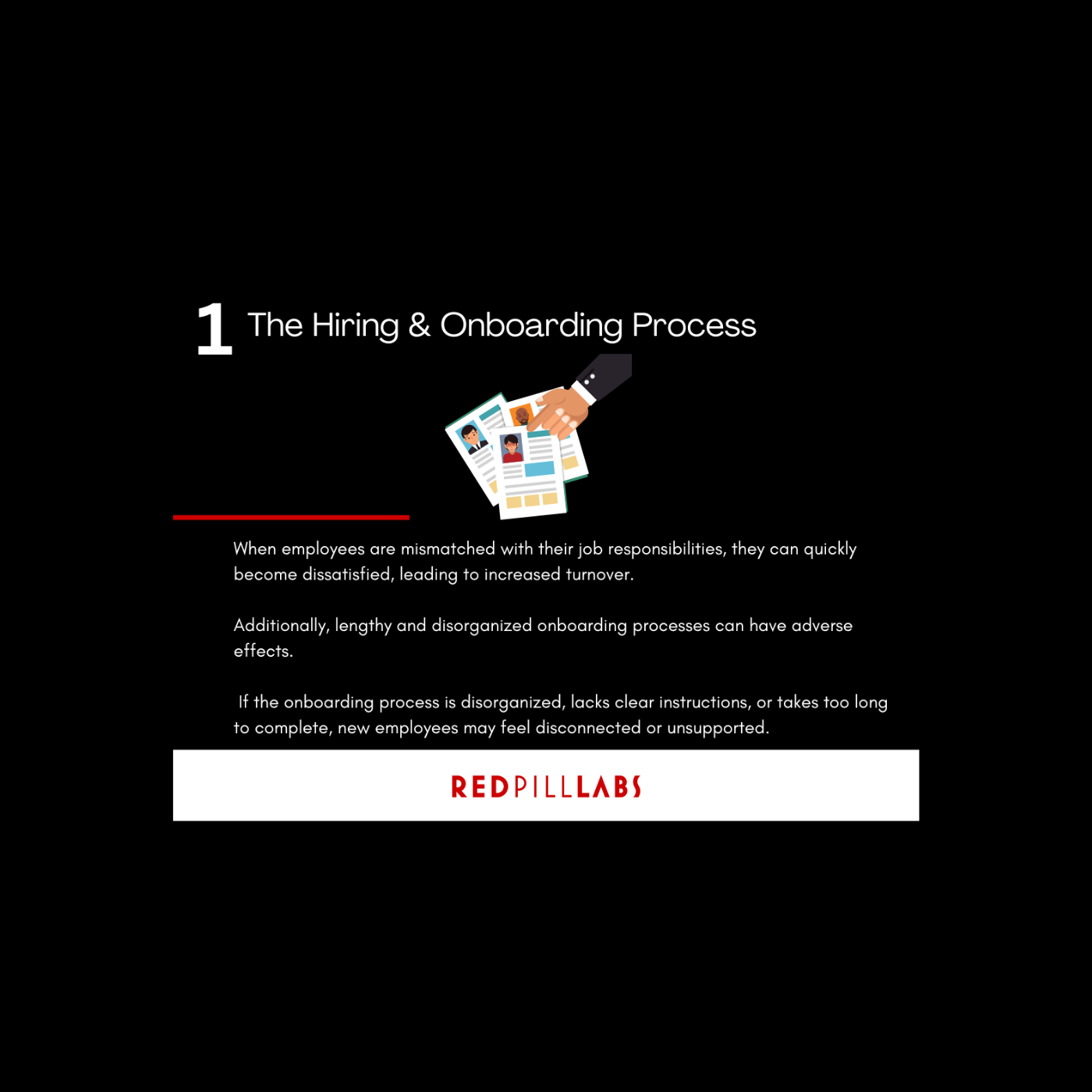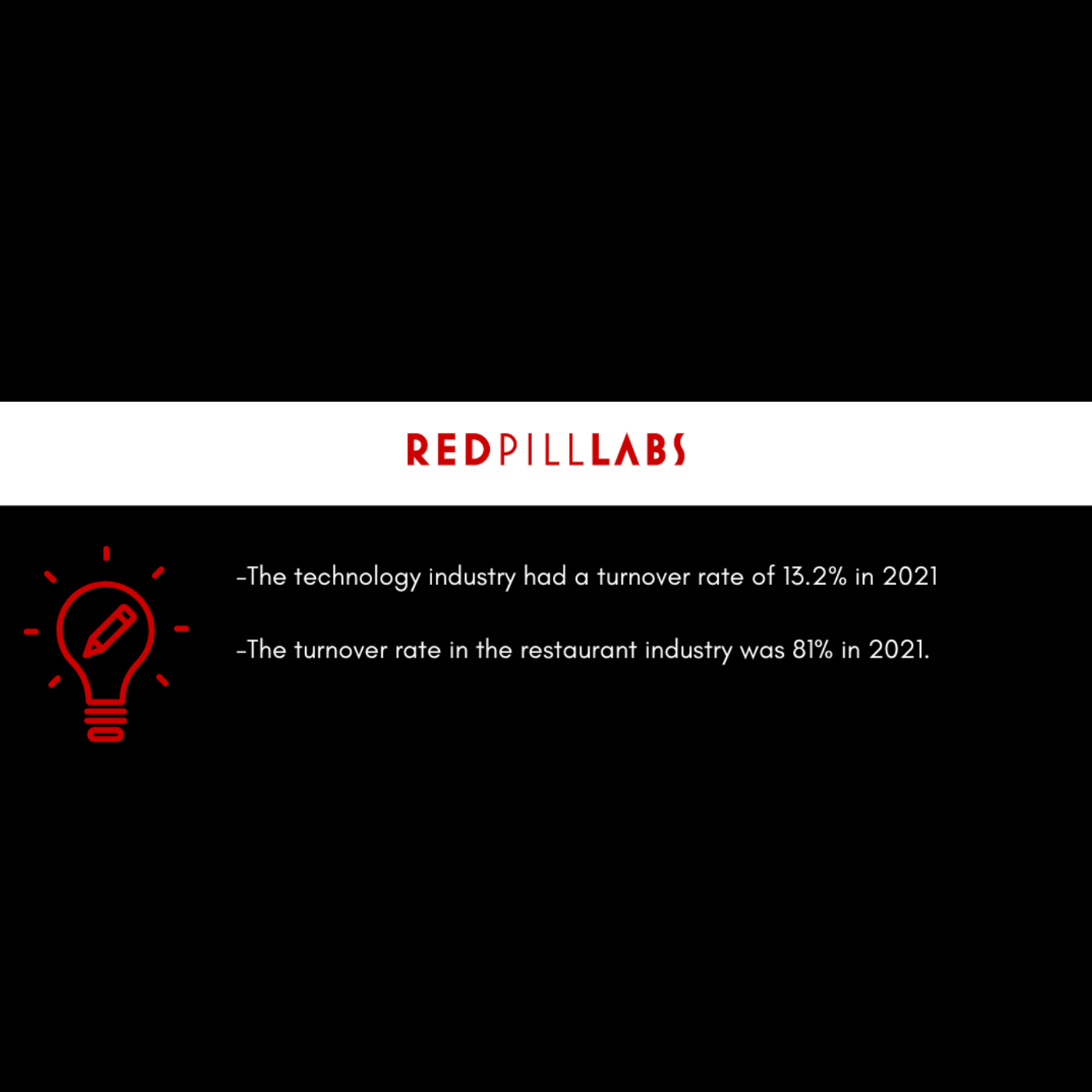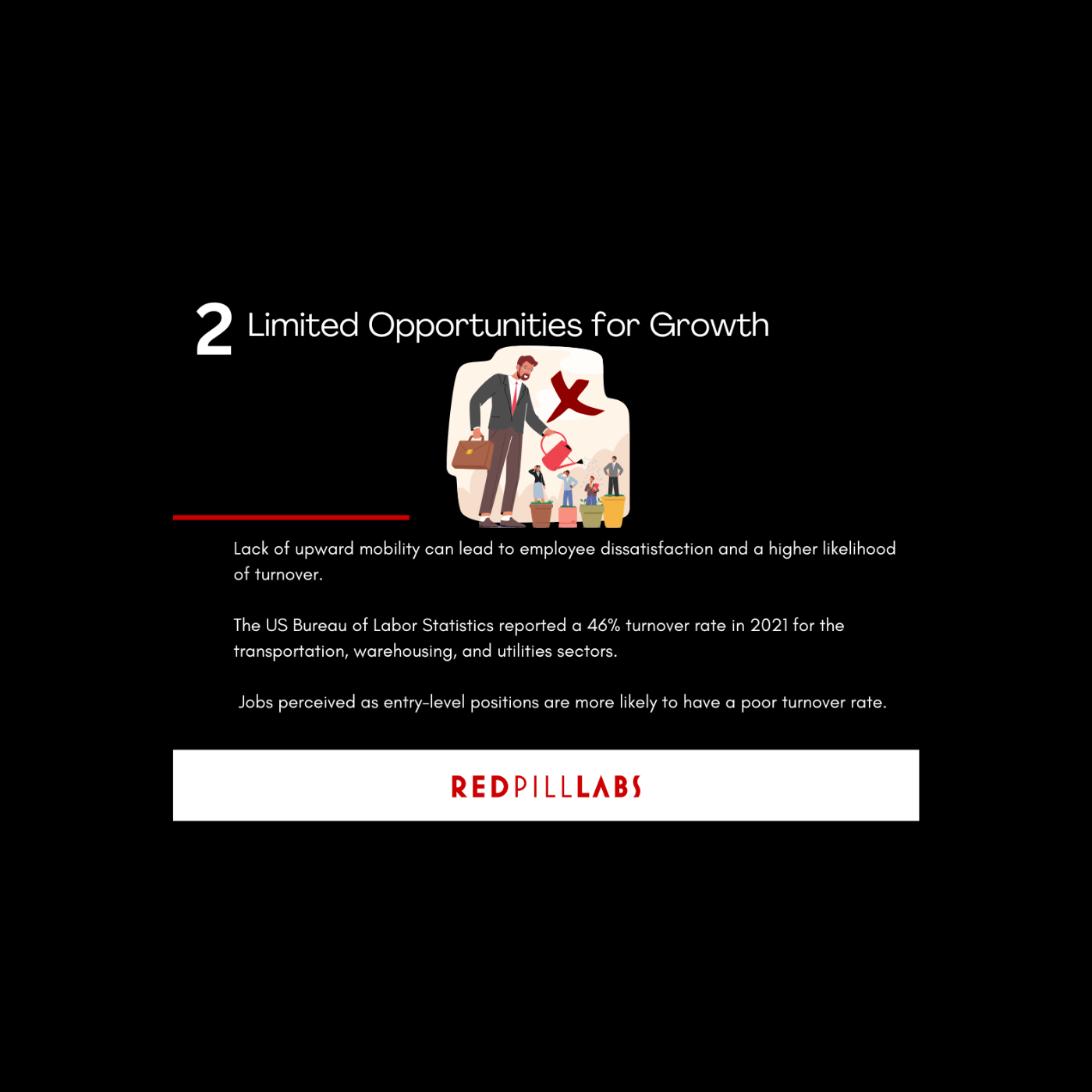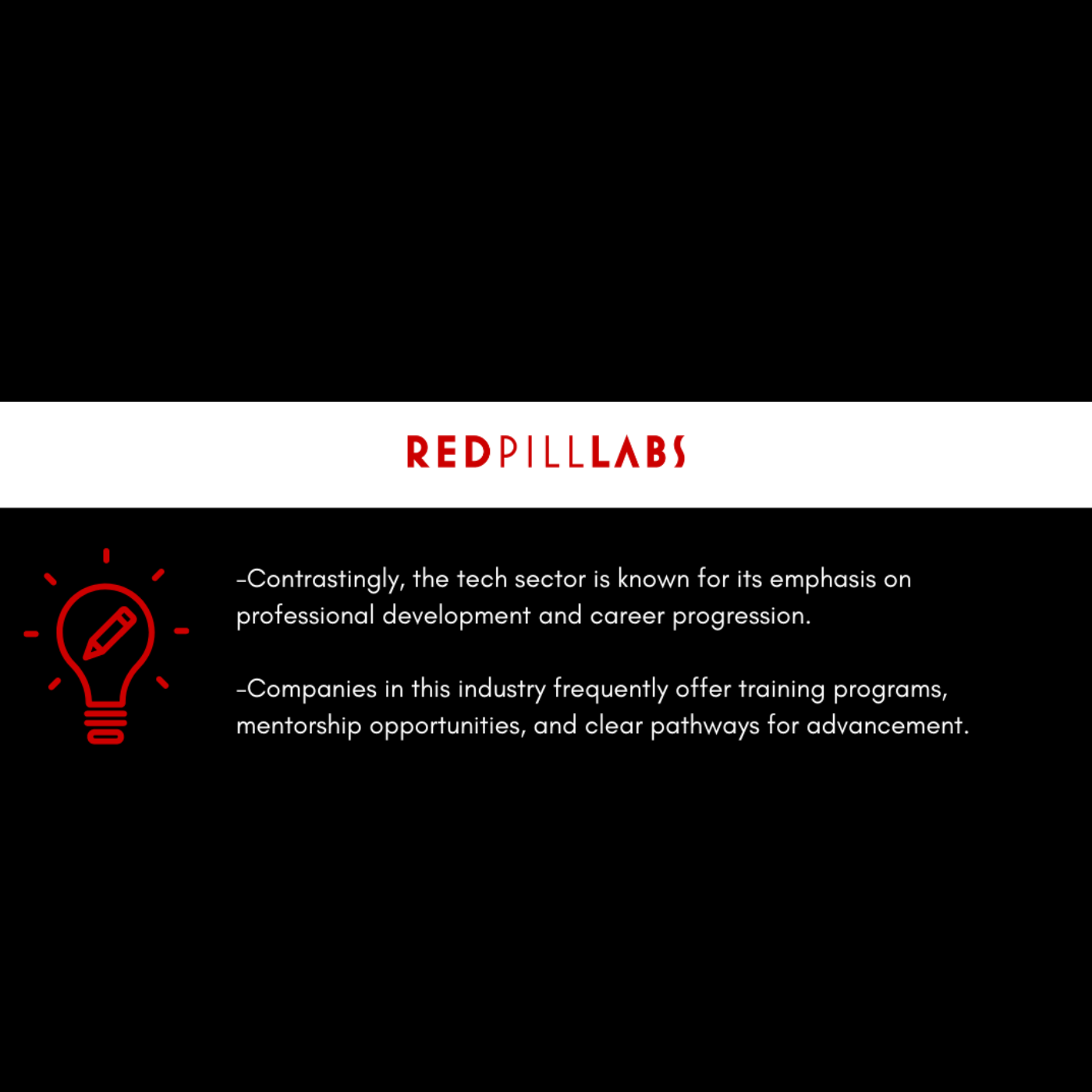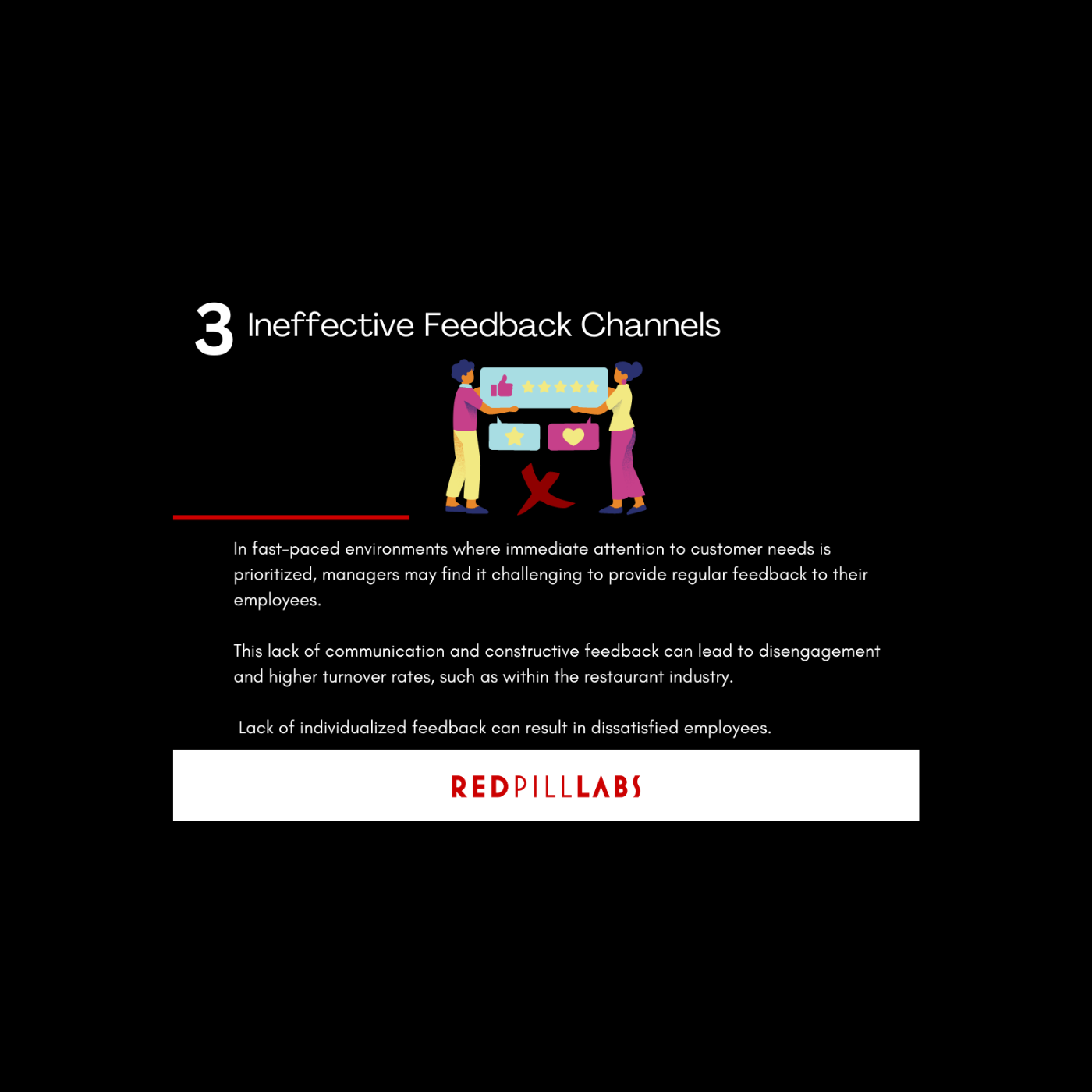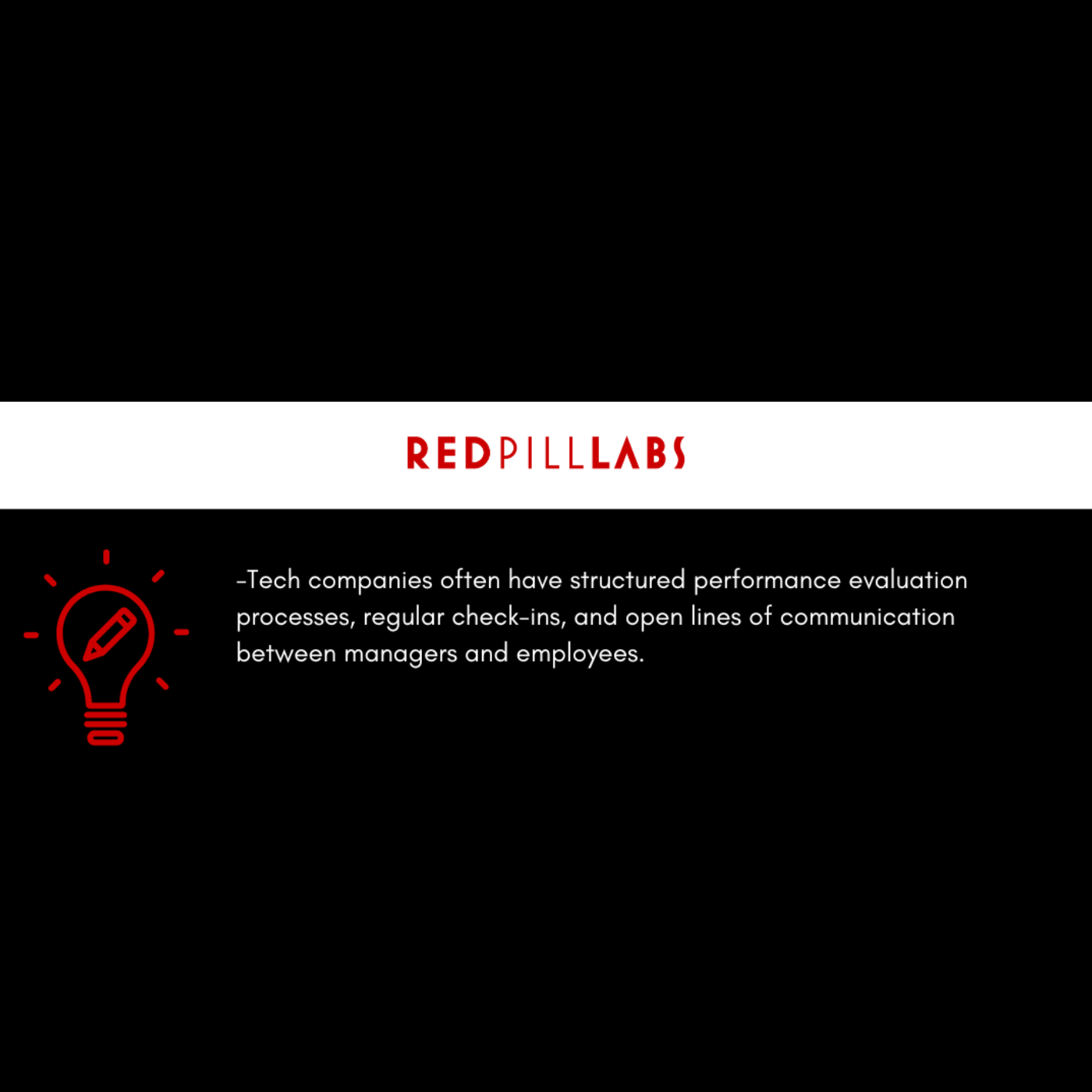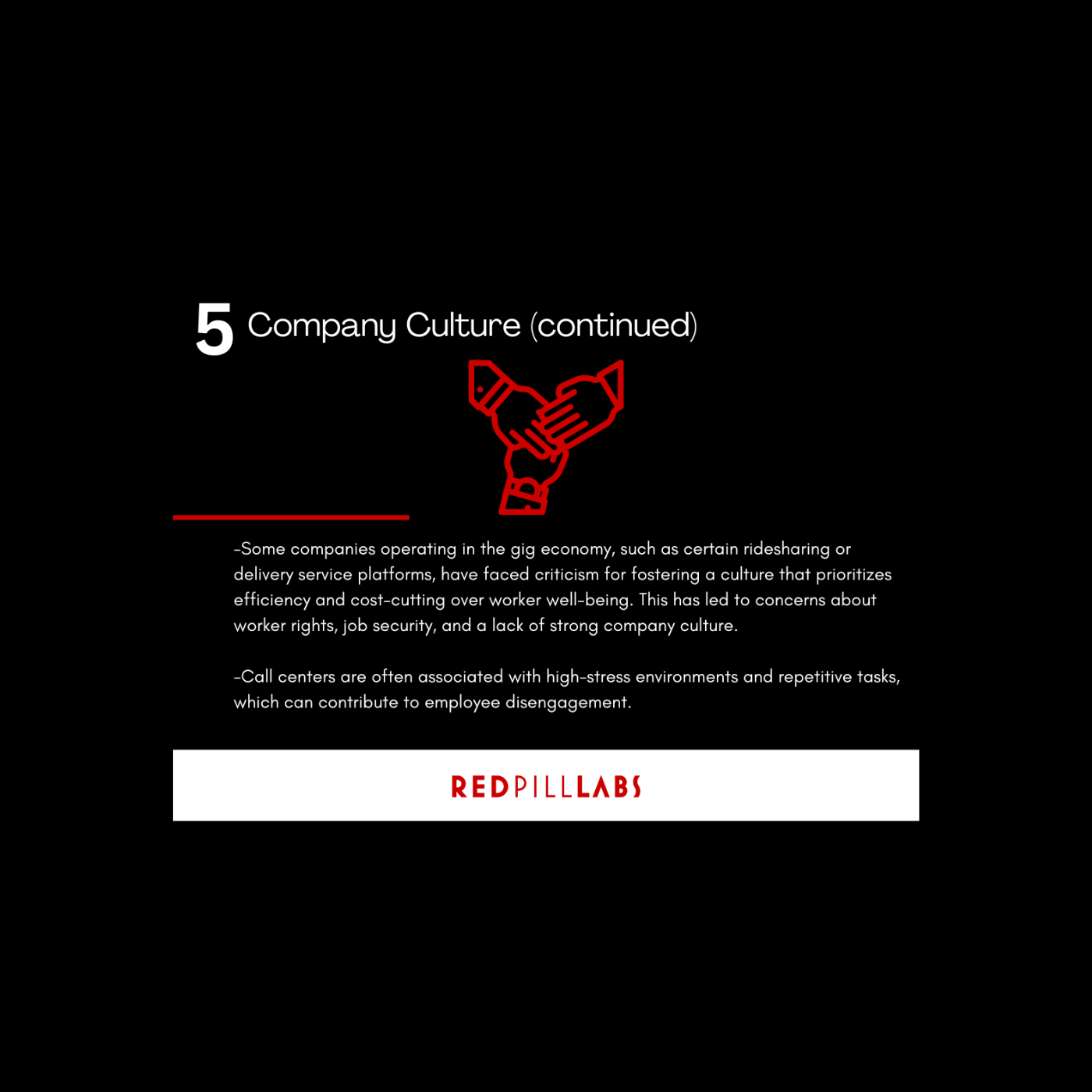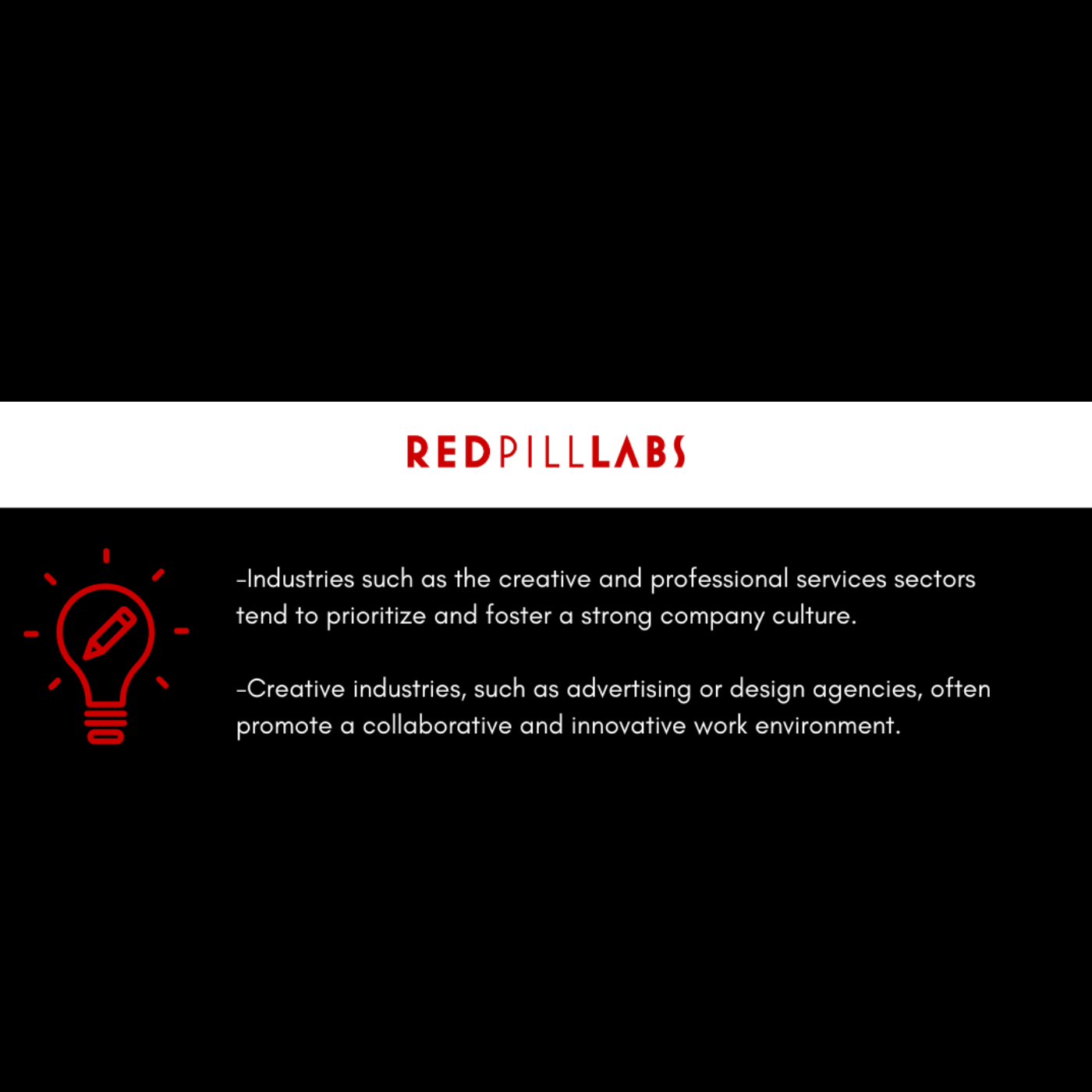Why Your Employee Turnover is So High
Excluding wage, salary, and obvious external factors such as industry trends and economic conditions; employee retention is a common challenge many businesses face, especially within the restaurant, retail, healthcare, and technology industries.
According to Remote, employee turnover rates in 2023 is estimated to be 41.4%, with Forbes data specifying that on average 25% of employee turnover is voluntary, up by approximately 2.2% since 2022.
Voluntary turnover rates can be due to numerous factors across the various different industries, and as we go through some of the reasons why you may be experiencing high employee turnover, we’ll also provide examples of industries where these issues are profound.
And we’ll be sure to go over the following:
Common bottlenecks across different industries
Employee turnover rates now vs pre-pandemic
The factors that lead to high voluntary turnover rates
The Hiring & Onboarding Process
The hiring and onboarding processes plays a crucial role in employee retention, and certain industries face challenges in this area so inadequate candidate screening poses a significant risk.
If the hiring process lacks a thorough evaluation of candidates, there's a higher likelihood of hiring individuals who may not be the right fit for the role or the company. When employees are mismatched with their job responsibilities, they can quickly become dissatisfied, leading to increased turnover.
Additionally, lengthy and disorganized onboarding processes can have adverse effects. If the onboarding process is disorganized, lacks clear instructions, or takes too long to complete, new employees may feel disconnected or unsupported. Without proper training and guidance during the onboarding period, employees can easily become overwhelmed, confused, and unmotivated. This lack of a positive onboarding experience can ultimately result in higher turnover rates.
Industries such as the restaurant and retail sectors commonly experience high turnover rates within the hiring and onboarding process. The fast-paced nature of these industries, coupled with demanding schedules and often low wages, contribute to employee dissatisfaction and turnover. According to the Bureau of Labor Statistics, the turnover rate in the restaurant industry was 81% in 2021, reflecting the ongoing struggle to retain employees.
Similarly, the healthcare industry faces challenges in this regard. Despite the essential nature of healthcare services, turnover rates in this industry remain high. The pandemic has put a strain on healthcare workers, leading to burnout and increased turnover. A study conducted by the National Healthcare Retention & RN Staffing Report found that the turnover rate for registered nurses increased to 17.1% in 2022, compared to 15.9% in the pre-pandemic year of 2019.
On the other hand, industries such as technology tend to have lower turnover rates within the hiring and onboarding process. Tech companies often invest significant resources in their recruitment and onboarding strategies, which contribute to higher employee satisfaction and retention. According to a study by LinkedIn, the technology industry had a turnover rate of 13.2% in 2021, showcasing a comparatively lower turnover rate.
Limited Opportunities for Growth
Limited opportunities for growth within an organization can also contribute to high employee turnover rates.
Industries such as the retail sector commonly face challenges in providing sufficient growth opportunities for their employees. Retail jobs are often perceived as entry-level positions, with limited opportunities for career advancement. This lack of upward mobility can lead to employee dissatisfaction and a higher likelihood of turnover. A survey conducted by Glassdoor found that retail employees ranked opportunities for career advancement as one of their top concerns.
Similarly, industries such as the transportation, warehousing, and utilities sectors can also struggle with limited growth opportunities, with the US Bureau of Labor Statistics reporting a 46% turnover rate in 2021. This can likely be attributed to certain roles within the industries having limited upward mobility. For example, warehouse workers in certain administrative positions may face limited growth opportunities compared to their counterparts in higher-level roles. This disparity can contribute to higher turnover rates within the warehouse industry.
Contrastingly, industries such as technology often provide ample growth opportunities for their employees. The tech sector is known for its emphasis on professional development and career progression. Companies in this industry frequently offer training programs, mentorship opportunities, and clear pathways for advancement. These initiatives contribute to higher employee engagement and lower turnover rates within the technology industry.
Ineffective Feedback Channels
Effective communication and feedback channels are vital for employee satisfaction and retention.
Industries such as the restaurant sector commonly struggle with ineffective feedback channels. In fast-paced restaurant environments, where immediate attention to customer needs is prioritized, managers may find it challenging to provide regular feedback to their employees. This lack of communication and constructive feedback can lead to disengagement and higher turnover rates within the restaurant industry.
Furthermore, the retail industry can also face challenges in establishing effective feedback channels. High employee turnover rates and large workforce sizes can make it difficult for managers to consistently provide feedback to each employee. This lack of individualized feedback and communication can result in employee dissatisfaction and increased turnover rates within the retail sector.
In contrast, industries such as technology prioritize effective feedback channels. Tech companies often have structured performance evaluation processes, regular check-ins, and open lines of communication between managers and employees. This promotes transparency and encourages continuous improvement. According to a survey by Adobe, the technology industry saw a 14% decrease in voluntary turnover in 2021, indicating the positive impact of effective feedback channels.
Company Culture
The culture within the workplace can easily be the difference between a happy employee who enjoys coming to work and an employee with low motivation to be productive. The values and beliefs of a company shape many things within the workplace, including the expectations placed on employees which affects their work-life balance. Equally important is a company’s ability to communicate their values among their employees and showcase their beliefs through actions. A business’ value of transparency could cause employees to have a negative perception towards their job security, potential growth opportunities, and more.
For instance, how a company values transparency and communication will determine how disconnected employees are from their teams, or the business’ future. In certain cases, communication issues can be a huge bottleneck for companies with a high turnover rate. When a company fails to communicate or establish their beliefs, values, and mission, employees may feel disconnected and uncertain about their roles. They may believe there aren’t many opportunities for growth or that they are never recognized for the hard work they do put in. Good communication can not only be a way to boost employee retention rates but increase productivity as well, meaning it should be a vital practice for businesses. Additionally, a lack of emphasis on collaboration within teams can lead to frustration and hinder productivity. When employees feel a misalignment between their personal values and those of the company or when they perceive a lack of culture, they may be more inclined to leave.
Some companies operating in the gig economy, such as certain ridesharing or delivery service platforms, have faced criticism for fostering a culture that prioritizes efficiency and cost-cutting over worker well-being. This has led to concerns about worker rights, job security, and a lack of strong company culture. Similarly, certain fast-food chains have been associated with a lack of positive workplace culture, with reports of low wages, limited opportunities for advancement, and inadequate support for employee well-being. This has led to discussions about the need for better working conditions and employee treatment within the industry.
Industries such as the call center and hospitality sectors commonly face challenges in establishing a positive and engaging company culture. Call centers are often associated with high-stress environments and repetitive tasks, which can contribute to employee disengagement. Without a supportive and motivating culture, employees in call centers may feel disconnected from the organization, leading to higher turnover rates. The turnover rate in the call center industry was approximately 45% in 2022, as reported by the Quality Assurance & Training Connection.
Similarly, the hospitality industry can struggle with cultivating a strong culture due to its transient nature and high turnover rates. Many employees in this industry work in seasonal or part-time positions, making it challenging to foster a sense of belonging and commitment. The constant influx of new staff and limited opportunities for career growth can lead to a lack of loyalty and higher turnover rates. A study conducted by Deloitte found that the hospitality industry had a turnover rate of 74.9% in 2021.
Conversely, industries such as the creative and professional services sectors tend to prioritize and foster a strong company culture. Creative industries, such as advertising or design agencies, often promote a collaborative and innovative work environment. This emphasis on creativity and teamwork creates a sense of belonging and can contribute to lower turnover rates. Similarly, professional services firms, such as consulting or accounting, often prioritize a supportive and inclusive culture to attract and retain top talent. The implementation of mentorship programs and a strong focus on employee well-being can lead to higher employee satisfaction and retention rates within these industries.
Prefer reading short summaries instead of articles? Join us on Instagram!

